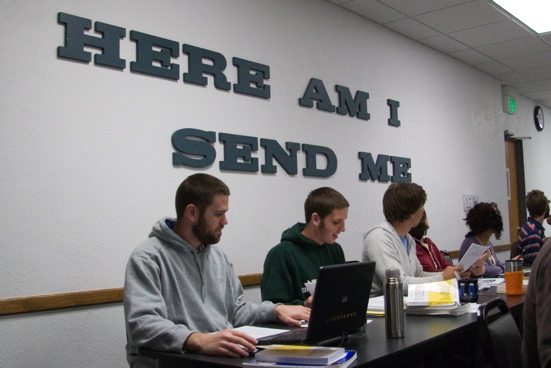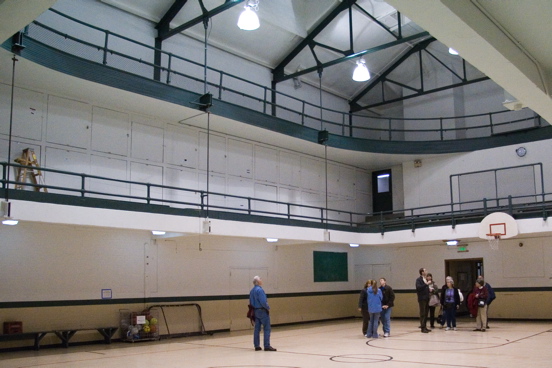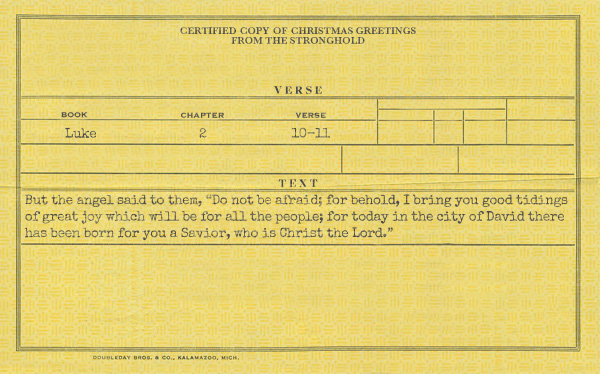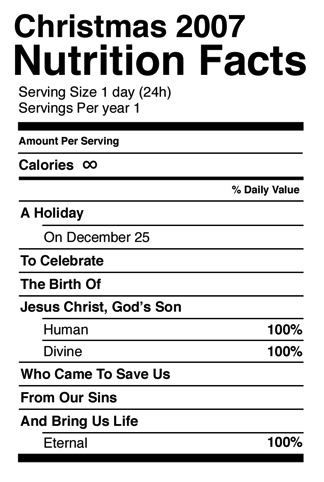On Monday morning, a group from Immanuel Bible Church — my parents’ church — traveled to Jackson to take a tour of the New Tribes Bible Institute. Thanks to my self-unemployment and a dearth of sports events due to Chelsea schools’ spring break, I was able to join the group for the tour.
As a part of the New Tribes mission organization, NTBI’s purpose is to equip believers for missions by providing a concentrated but thorough Bible education. After two years at NTBI, many students go on to further training for mission fields all over the world.
The student population of NTBI ranges from young singles to married couples with young children; that diversity of stages of life is a benefit to the entire range of students as they interact. And there is plenty of interaction; the school is contained in one building, so the 200 or so students live under the same roof.
NTBI is housed in an old Jackson public middle school building that New Tribes was able to acquire from the city. Since the school building was built back when the city likely was a bit more prosperous — NTBI has inhabited the building for a number of years — it is a good-sized building, and it is well-suited for the school.
Thanks to my photo work, I spend a fair amount of time in and around public school buildings, and it has been my experience that for whatever reasons, many public school buildings do not age extraordinarily well; it seems that when public school buildings are old, they tend to be a bit like Michigan’s Crisler Arena — functional but slightly dingy and not entirely pleasant. So, between my mental image of typical older school buildings and the general somewhat run-down condition of Jackson, I was curious to see the interior of the NTBI facility.
As we took our tour, I was impressed by the clean, bright, pleasant building; the NTBI staff has done an excellent job of maintaining the school. It didn’t feel like an old dingy school building; it felt like a place that is very much alive. Unsurprisingly, the NTBI-owned houses around the school building were equally well-maintained.
More importantly, the building was representative of its occupants; the school exists for the glory of God, and that spirit — or Spirit — was apparent. Throughout our visit, the staff and the students were a credit to NTBI; everyone we met was pleasant and welcoming.
As part of our tour, we were able to attend both a chapel service and a hermeneutics class. The chapel speaker spoke of finishing strong and not taking shortcuts or giving only a minimum effort; the hermeneutics professor gave an introduction to the interpretation of the Bible. Both were thoroughly worthwhile.
After the hermeneutics class, our time at the school concluded with lunch in the school’s cafeteria; instead of standard cafeteria fare, we were pleased to discover that they serve actual food at NTBI. (Monday’s lunch was baked ziti, if you were curious.) While we ate, we had a very pleasant conversation with one of the students, a senior named Amanda.
For me, the tour of NTBI was encouraging; this world can be a dark place, so it meant a great deal to see the light of God reflected in the staff and the students.

—–
On a different note, the high school sports photographer in me was interested to see what athletic facilities they’d kept from the old middle school; I get to see plenty of venues, both old and new, but I most enjoy seeing old local venues — facilities with history. And while the swimming pool seemed well-maintained, it was the old gym that caught my eye.
Because it was an old middle school, the gym was fairly small; I didn’t measure the floor, but it was clearly not large enough to hold a modern regulation high school basketball court (note the proximity of the center circle and the free throw line). But that didn’t matter to me; I was too interested in the three-tier construction of the gym.

The first level was the gym floor; the second was spectator seating; the third was a running track, complete with banked turns. Elevated tracks have become a common feature in high school gyms in recent years, including Chelsea’s and Dexter’s new gyms, but I didn’t realize the idea went so far back.













